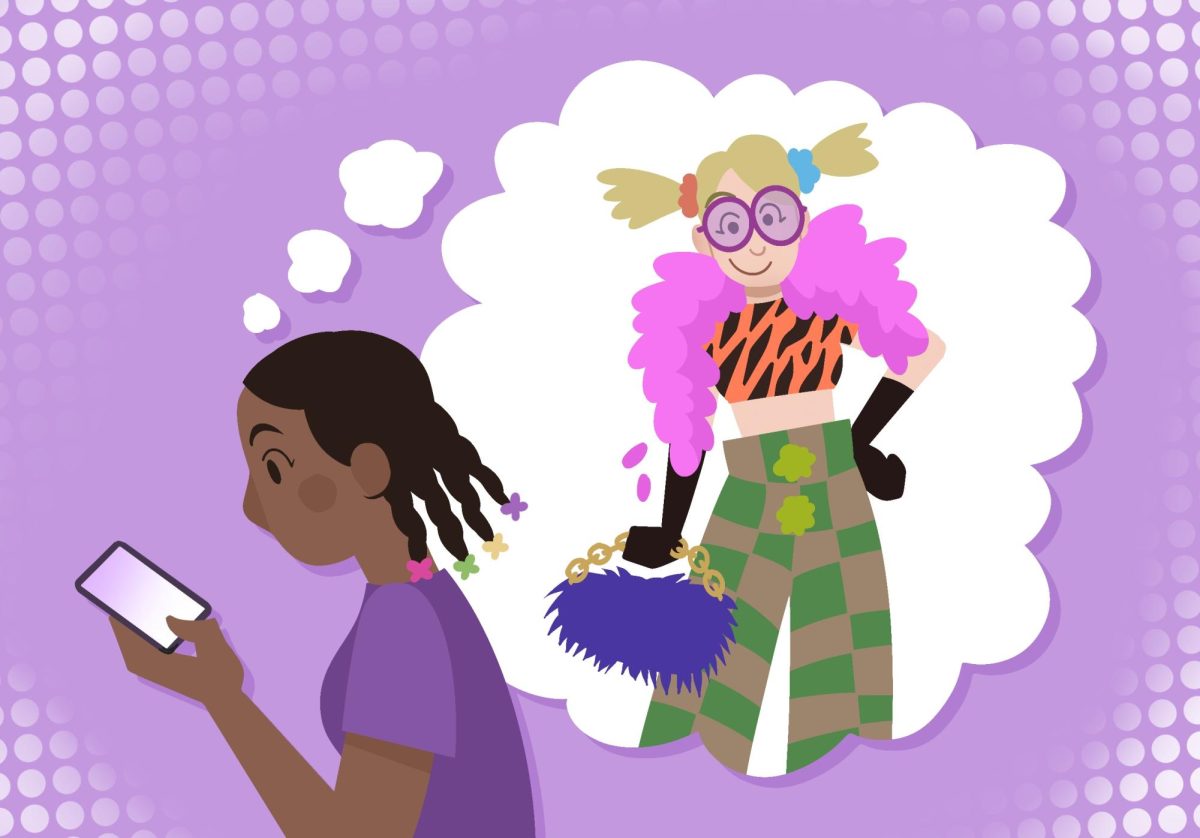P atience and persistence are not qualities we associate with adolescents, who seem to be as changeable as the wind. But when those same youth come together with older adults to work on a creative project with a rewarding outcome, watch how patience and persistence emerge as valuable life skills.
atience and persistence are not qualities we associate with adolescents, who seem to be as changeable as the wind. But when those same youth come together with older adults to work on a creative project with a rewarding outcome, watch how patience and persistence emerge as valuable life skills.
These were also the essential ingredients of a weeklong camp offered by the Textile Center of Minnesota in July 2003. School-age students worked in concert with weavers, artisans and retired volunteers to turn fibers into cloth, and cloth into belts, backpacks, or other beautiful and functional handmade items. Over the course of the week, young and old participants formed a trusted learning community. They made creative choices about color and fiber, solved small and large problems, negotiated roles and decided what to create and who would receive the creations. At the end of the week, family members came to celebrate the accomplishments of the young people and to share stories about the importance of family heirlooms, handmade objects and gifts that come from communal labor.
The program focused on developing an understanding of the textile arts and a set of skills associated with design and production of woven articles. But it did much more than that. It presented a powerful opportunity to transfer skills, abilities and values across generations. Enthusiasm, creativity, patience, persistence, the way things were, the way they could be – these were just some of the things that flowed up and down the generational ladder. Huddled together at workstations dyeing fibers, weaving cloth, stitching and embroidering, there was plenty of time to talk, tell stories, admire, observe and laugh together.
For one of the senior volunteers, this informal interaction with youth was an opportunity to share stories about his experiences as a student at the Gandhian Institute in India during the 1950s. As part of a nonviolent approach to seeking independence from British rule, Mahatma Gandhi encouraged people of all classes and backgrounds to spin and weave cloth on simple handlooms in their homes and villages. He saw this as an apprenticeship in the values of humility, communal labor and, of course, patience and persistence.
These handlooms also played an important role in reducing the dependency of India on cloth and other manufactured goods produced by large factories of the British Empire. Other adults and youth in the summer camp drew upon their own life experiences in similar ways, prompted by the natural rhythm of weaving and creating.
The process of weaving offers a model of how we form individual and community-wide connections. Just like the warp and weft on a loom, there are constants and variables in every life and in our cultures and social structures. In weaving, the yarn or warp that is attached to the loom is stationary and held under tension while the thread or the weft moves over and under with freedom. The interplay between constancy and change is easy to grasp as the whole fabric takes shape.
This is not so different from the process of composing a single life from birth to death, or the interplay of emotion and intellect in human development, or the relationship between an individual life and the culture and tradition that surrounds it. But most vividly it suggests what happens when you weave together people of different ages, experiences and generations: It allows gifts and values to be shared back and forth and results in something entirely new and more whole than a collection of threads.
Jenny Keyser is a member of the University Children, Youth & Family Consortium. Gajendra Patel is a retired engineer and founder of the Senior Achievement Institute. He welcomes comments at gajendra101@hotmail.com







